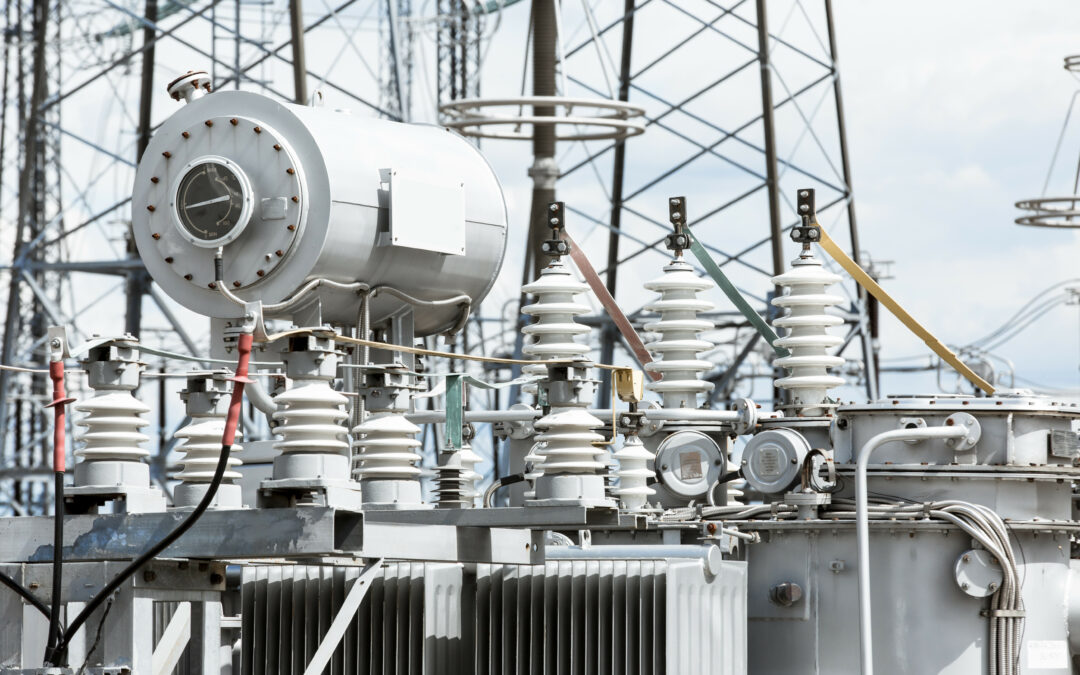Power transformers are critical components in the electrical infrastructure, enabling the efficient transmission and distribution of electricity. These devices, also known as magnetics power transformers, play a fundamental role in maintaining the stability of electrical grids. Lets explore the basics of power transformers and how they work.
What Are the Key Components of a Power Transformer and What Roles Do They Play?
Power transformers consist of several essential components, each serving a specific purpose:
Core: The core, often made of laminated steel or other magnetic materials, allows the magnetic flux to flow through, increasing the transformer’s efficiency.
Windings: Two sets of wire windings, primary and secondary, are wound around the core. These windings facilitate the transfer of electrical energy from the primary to the secondary circuit.
Insulation: Insulating materials separate the windings, preventing electrical shorts and ensuring safety.
What Are the Primary Types of Power Transformers and How Do They Differ in Their Applications?
There are various types of power transformers designed for specific applications:
Distribution Transformers: These transformers are commonly found on utility poles and are used to step down high-voltage electricity from power plants to lower voltages suitable for homes and businesses.
Power Transformers: These transformers are used in power substations to further decrease the voltage for industrial and commercial applications.
Toroidal Power Transformers: Toroidal transformers have a doughnut-shaped core, offering advantages in size, weight, and efficiency for specific applications.
Can Power Transformers Operate at Different Frequencies Or Are They Designed for Specific Frequency Ranges?
Power transformers are designed for specific frequency ranges, typically 50 Hz or 60 Hz. This frequency range corresponds to the standard electrical grid frequencies in most regions. Transformers must be matched to the grid frequency to operate efficiently.
How Do Power Transformers Contribute to the Overall Efficiency and Stability of Electrical Grids?
Power transformers are indispensable for maintaining grid stability and reducing energy losses during transmission. They allow voltage transformation, helping electricity flow across long distances with minimal losses. Additionally, they help isolate faults and provide protection for the electrical grid.
If you want to learn more about power transformers, visit the Bridgeport Magnetics Group, Inc. website.

